Switzerland is a rather divided country, both culturally and linguistically. The majority of the mountainous country is made up of its German-speaking region. In fact, 62 % of the Swiss population speak German as their main language. In the western part, French is more widely spoken, and 23 % of the entire population of Switzerland speak French as their first language. In the south lies the much smaller Italian-speaking region, where the majority of the 8 % Italian-speaking Swiss people live. Lastly, approximately 0,5 % of the population speak Romansh and mainly live in the southwestern part of the country.
The canton of Ticino in southern Switzerland is part of the Italian-speaking region, and in fact the only canton that is entirely Italian-speaking. To make it all the more confusing, Ticino even has a small part of actual Italy entirely within it; the small exclave of Campione d’Italia!
During our November 2022 trip to Switzerland, my mum and I spent a day roadtripping around Ticino and visiting the exclave. The city of Bellinzona, renowned for having the only preserved medieval military complex in the Alps, was our first stop.
Three well-preserved castles were constructed around 400 AD as part of a major defensive effort in Bellinzona, which was strategically situated at the intersection of important alpine routes connecting northern and southern regions. This defensive effort aimed to control access to the Ticino River valley and the only gateway to the north at the time. It’s no wonder why Bellinzona and its three castles were inscribed on UNESCO’s World Heritage List in 2000!
We spent the morning exploring the two lower castles, Castelgrande and Castello di Montebello, on foot. Castelgrande is the largest of the three castles, located atop a rocky hill. Castello di Montebello, on the other hand, is much smaller but has better city views. Walking between the two is also a treat in itself, as the route goes through alleyways of the old city and past an early 16th-century church known as Collegiata dei Santi Pietro et Stefano, which is rather bare on the facade but decorated in ornate baroque style on the interior.
We drove up to the third castle, Castello di Sasso Corbaro, which is located high above the city and offers the most gorgeous views of the entire river valley. Unfortunately, the castle was closed so we couldn’t explore its interior, but we did spend a while exploring the rocky hill it sits on and enjoying the views.
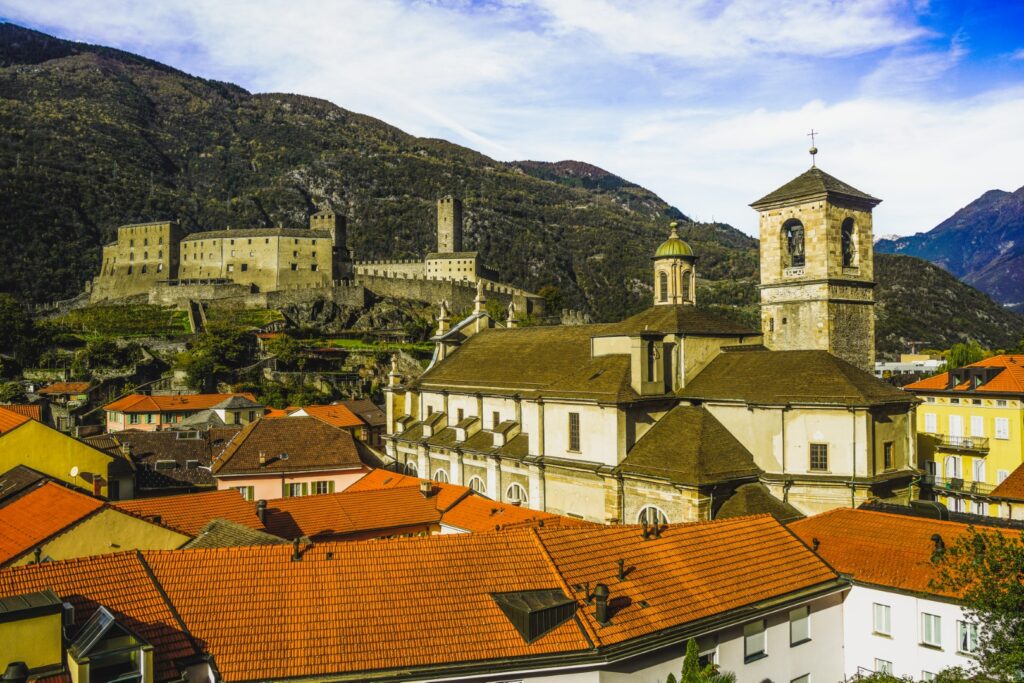



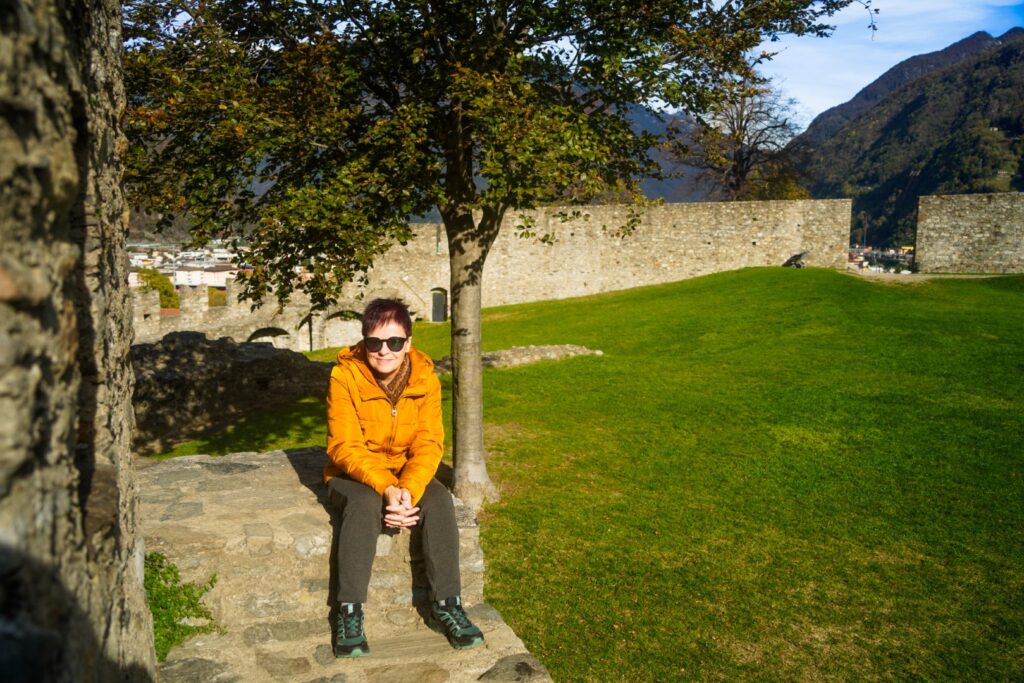
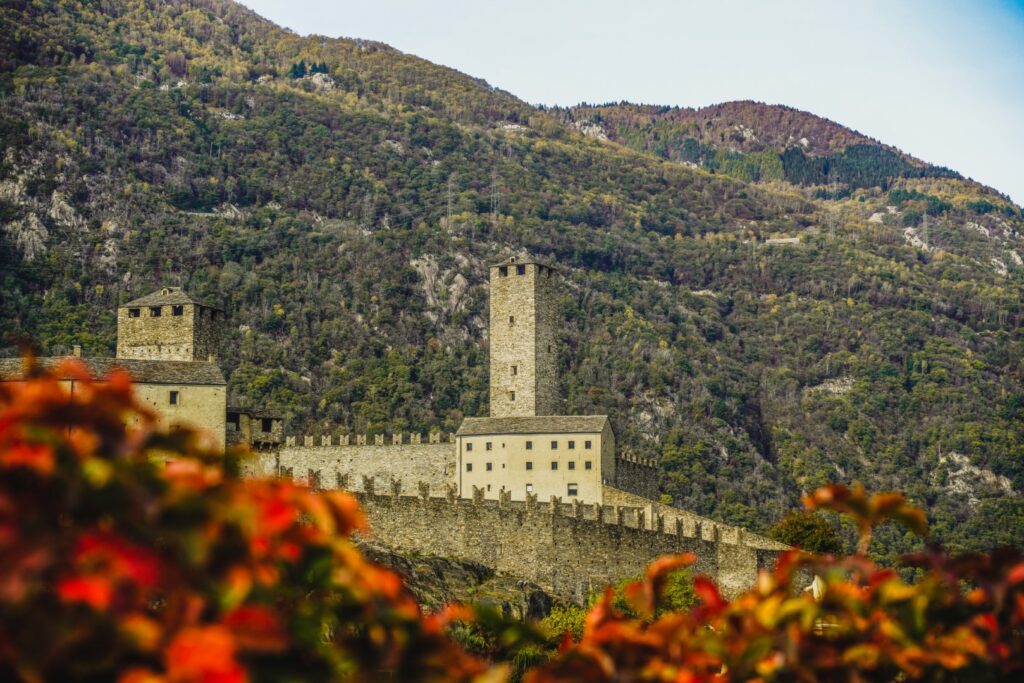

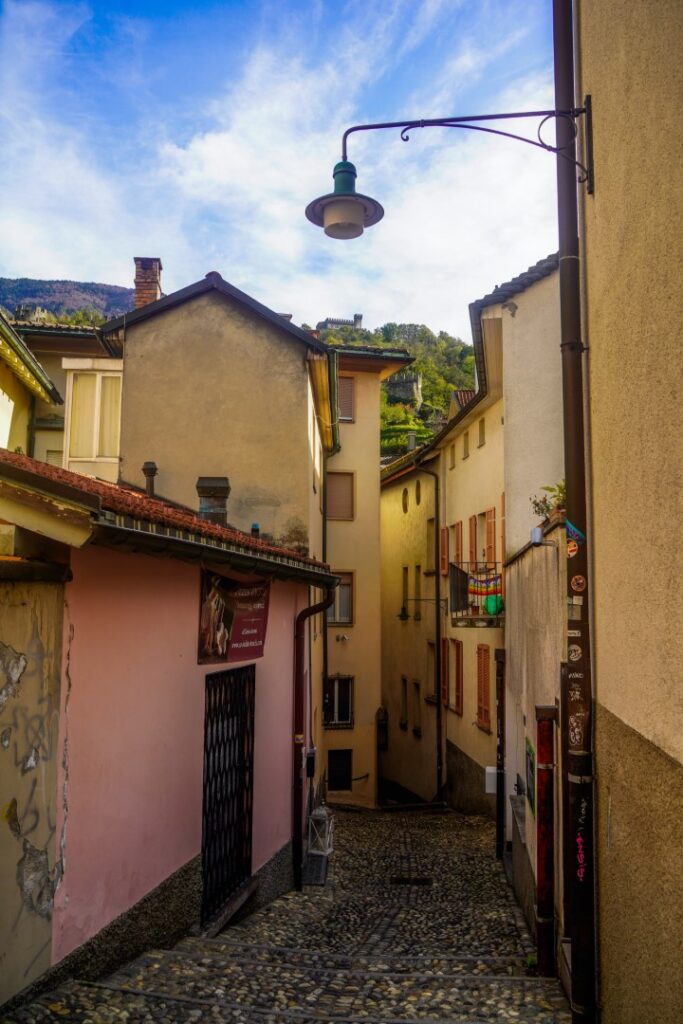
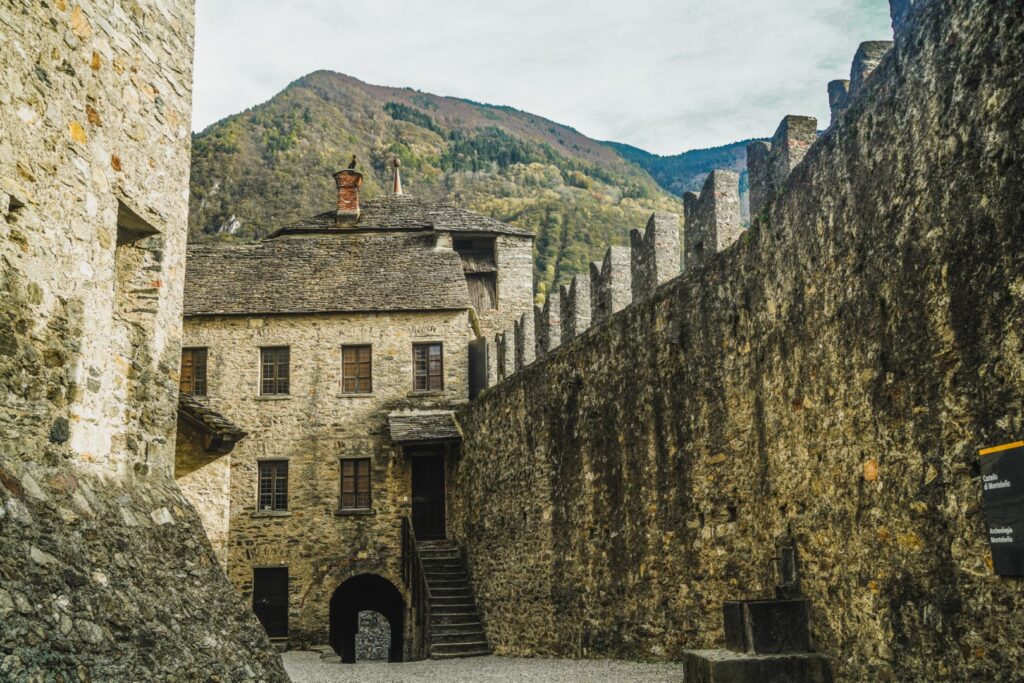
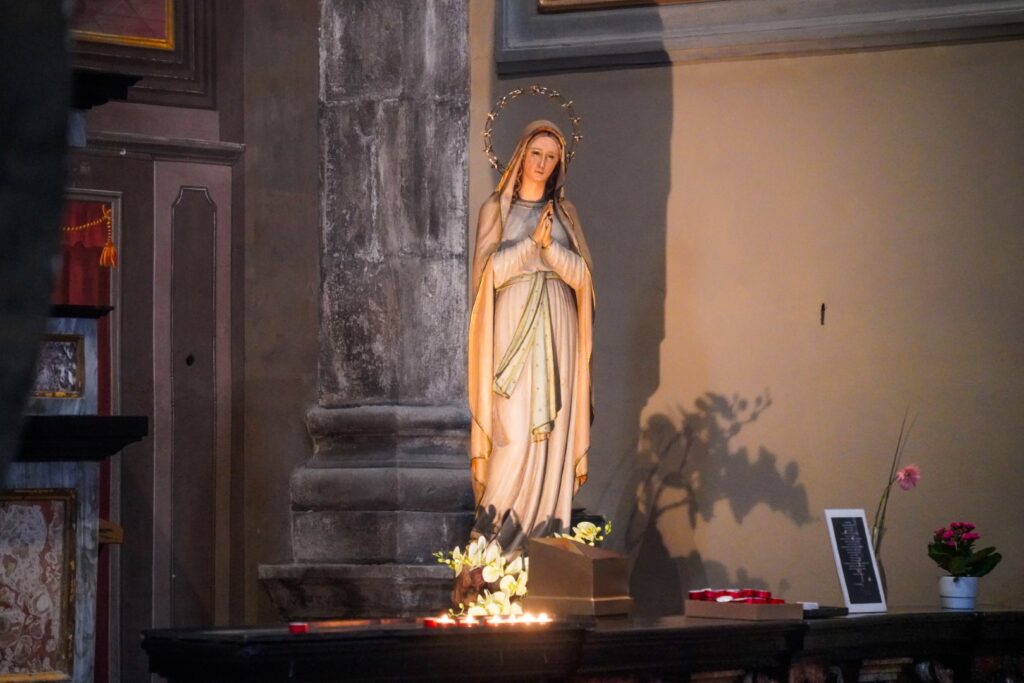
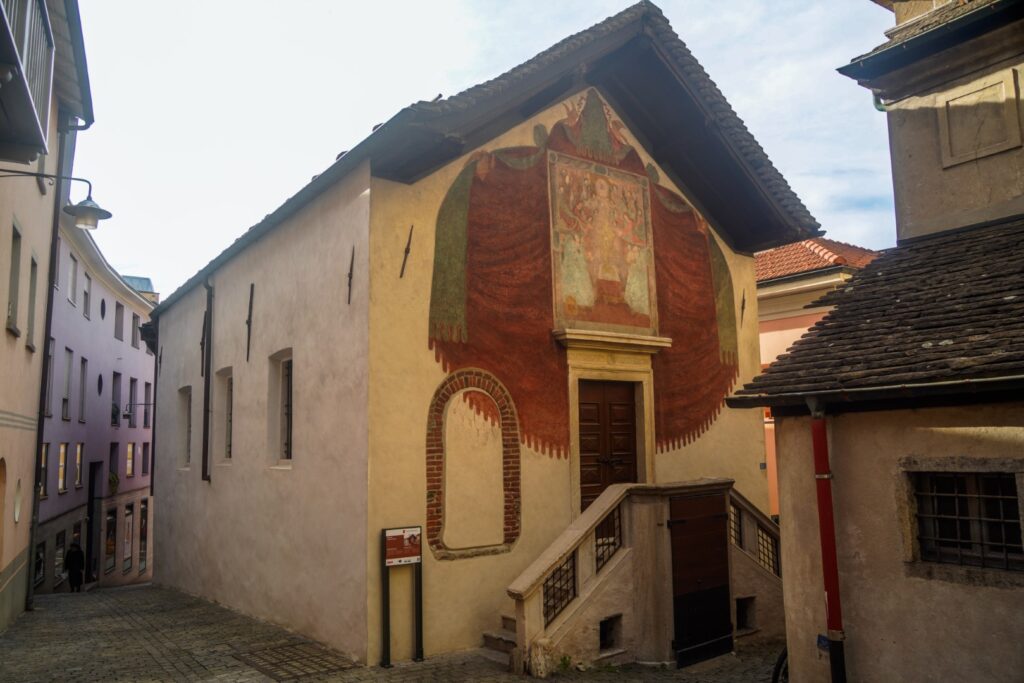
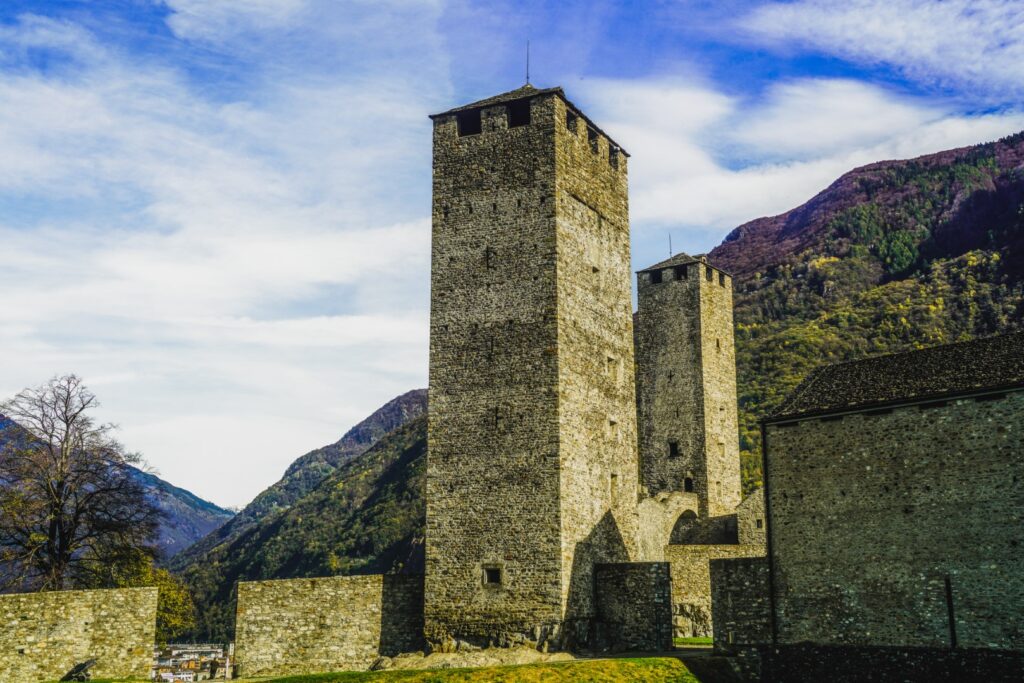
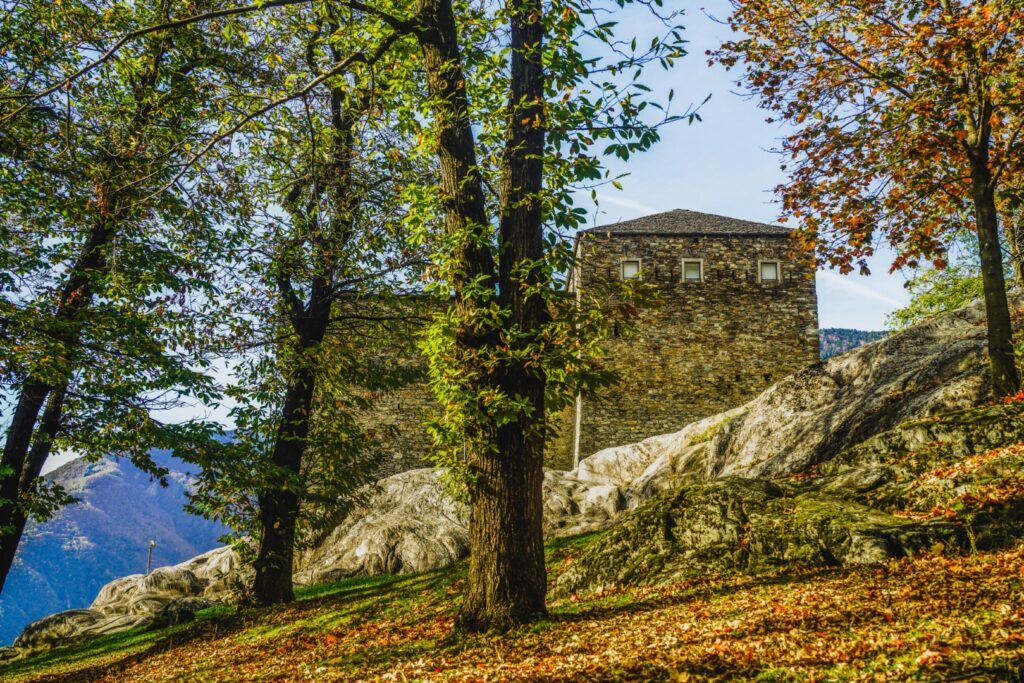
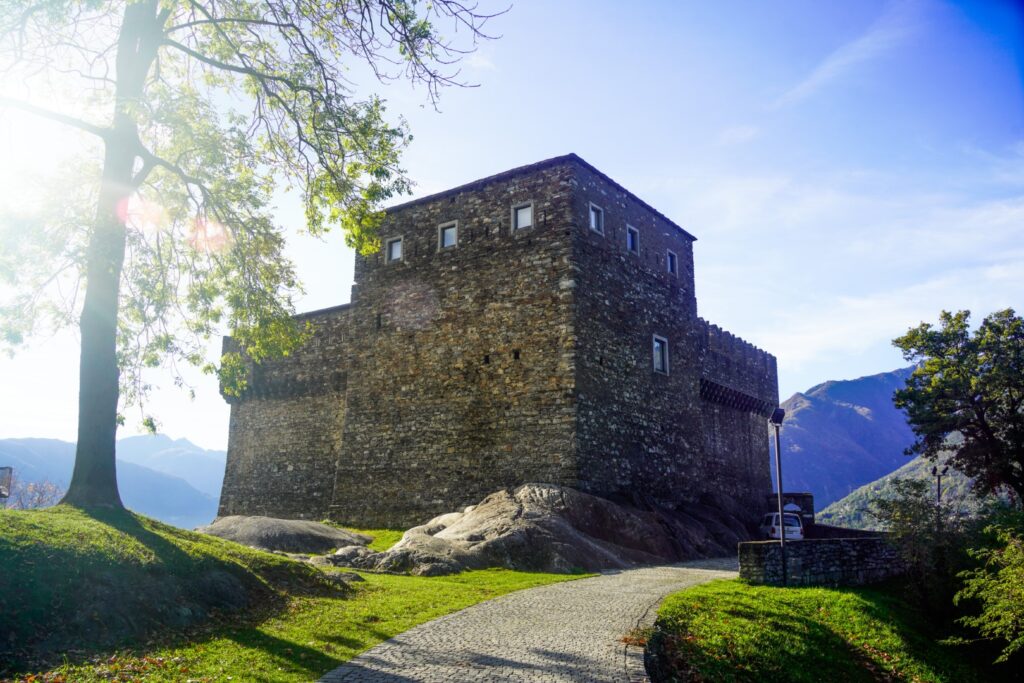
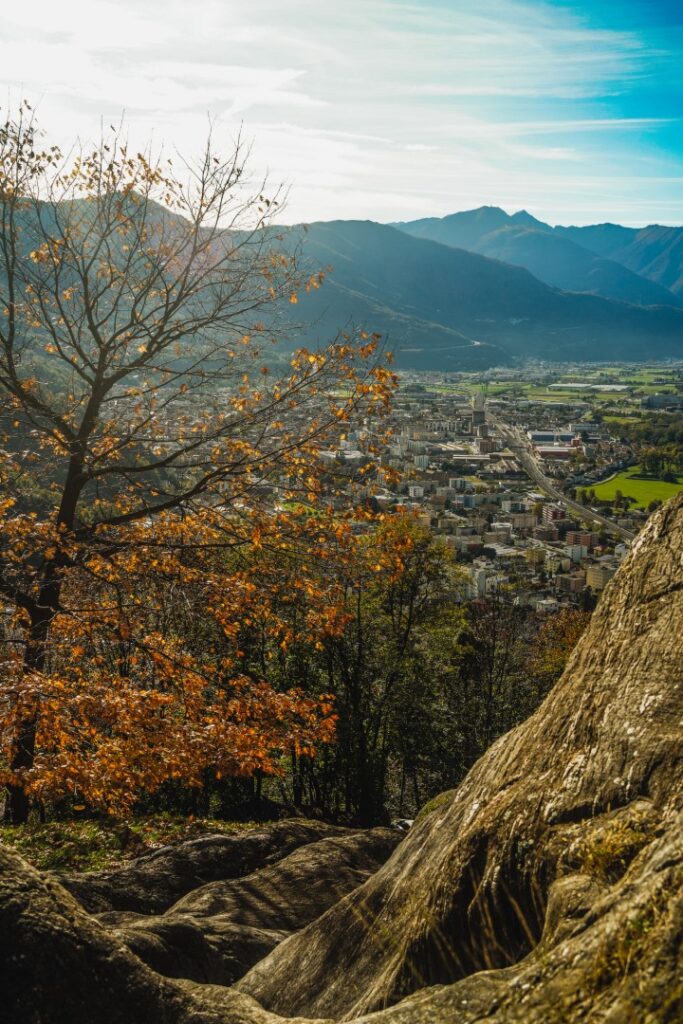

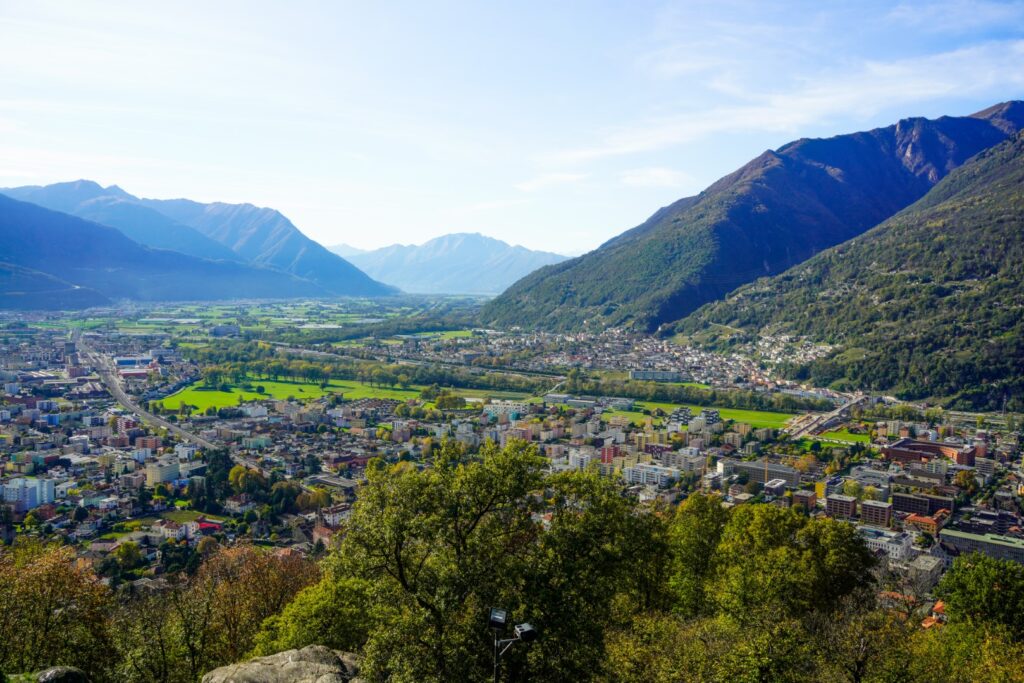
Driving further south, we headed to Campione d’Italia, a small slice of Italy surrounded by Swiss territory. At its closest, the exclave is less than one kilometre from the rest of Italy, but due to the mountainous terrain, reaching the nearest Italian town, Lando d’Intelvi, requires a journey by road of over 14 kilometres through Swiss territory.
The exclave came to be in 1798 when Ticino decided to join the Swiss Confederation, while the people of Campione wanted to remain part of Italy’s Lombardy. However, in 1848, amid the Italian unification wars, Campione requested to become part of Switzerland, but this was rejected due to Switzerland’s commitment to neutrality. In the 1930s, Italian dictator Benito Mussolini constructed a gate at the entrance to the exclave and added ‘d’Italia’ to the exclave’s name, emphasizing its Italian identity.
The odd geography of Campione d’Italia has resulted in unique economic and administrative laws. Before becoming part of the EU customs territory in 2020, the exclave was de facto in the customs territory of Switzerland; thus, most public services were supplied by Swiss providers. The exclave had considerable tax breaks and was exempt from VAT. While euro is formally the currency of the exclave, the Swiss franc is more widely used. To this day, the inhabitants are free to use services and facilities located in Swiss territory, such as hospital care, and firefighters and ambulances are still provided by Swiss authorities, though the village has its own Italian police force.
I find exclaves oddly interesting, and have wanted to visit Campione d’Italia for a long time. We spent a few hours wandering through the quaint streets of the town, enjoying the summer atmosphere and studying the buildings which were either rather beautiful or downright weird. The town’s huge casino, which is both the oldest and largest casino in Europe, particularly stood out as an eyesore. My favourite part of our visit to the exclave was the walk along the shore of Lago di Lugano with beautiful views of the lake and the Swiss city of Lugano. I also really enjoyed exploring the church in the far corner of the exclave, Sanctuario della Madonna dei Ghirli, and its scenic little graveyard, first documented in 874, and beautifully decorated with frescoes in the 14th through 17th centuries.
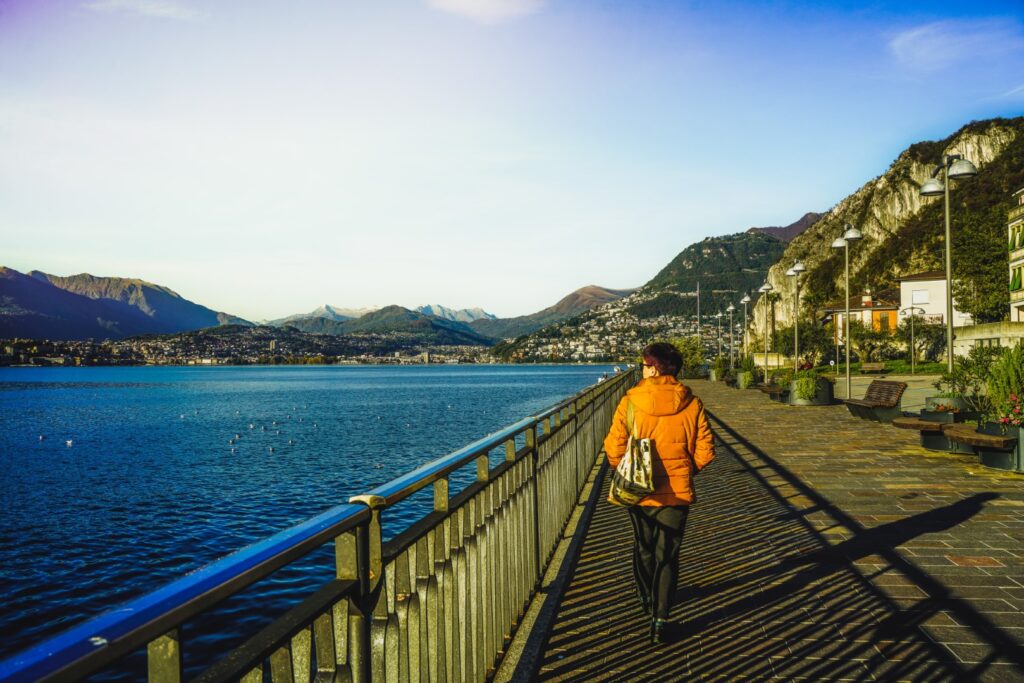
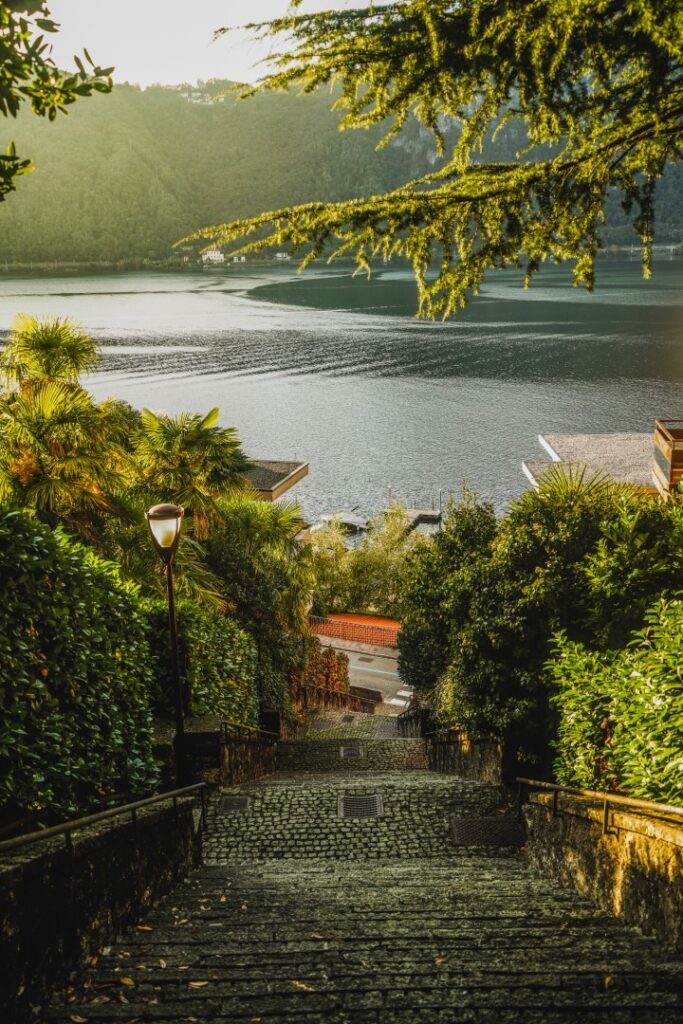
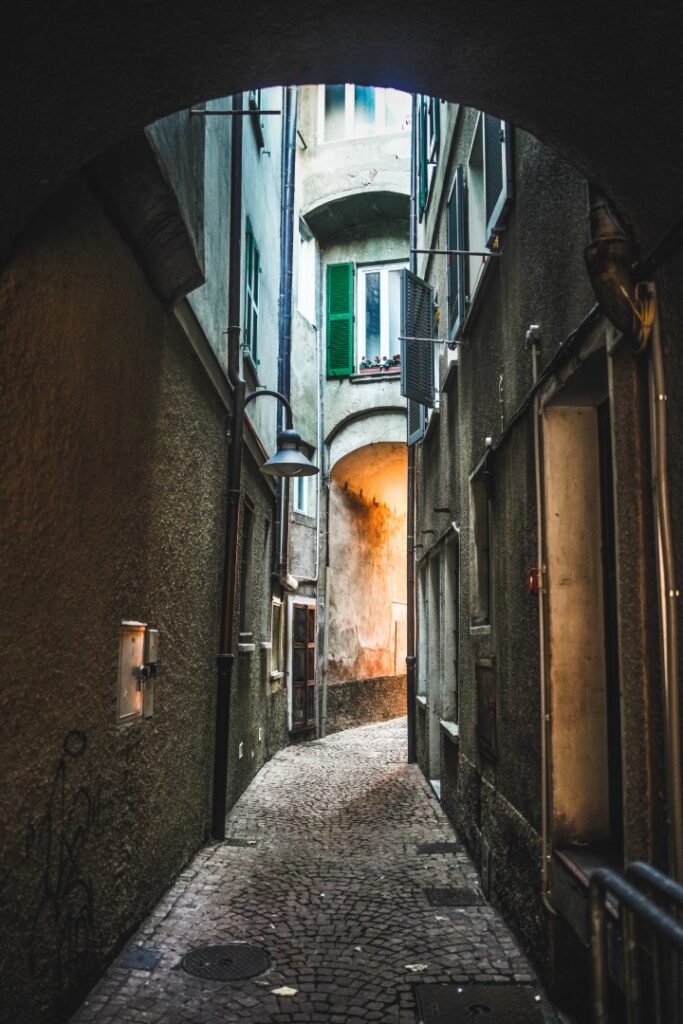
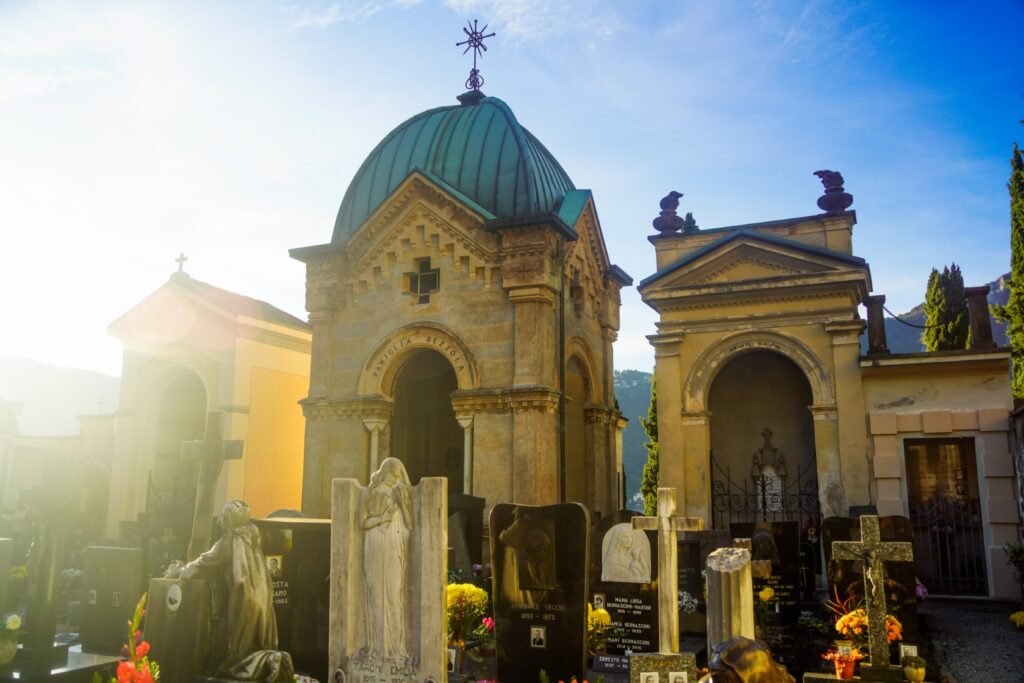
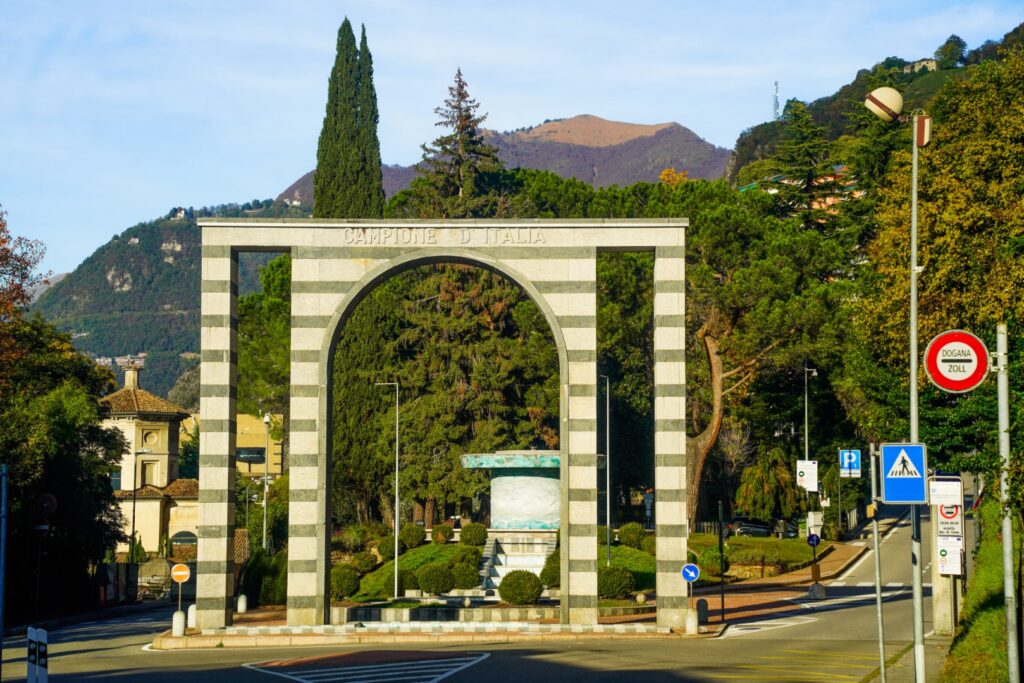
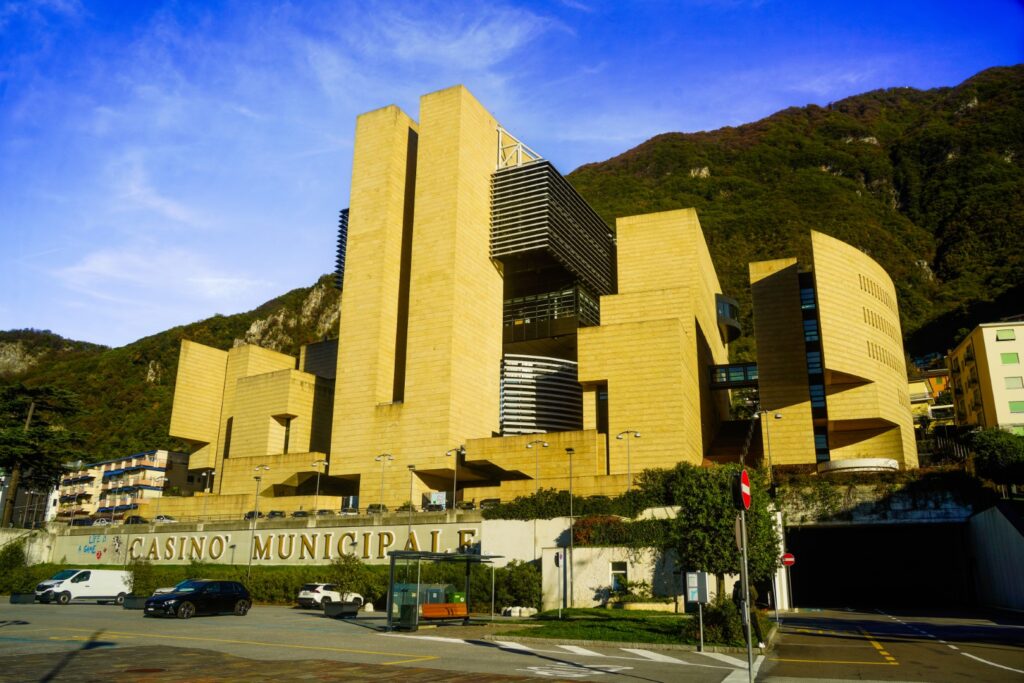
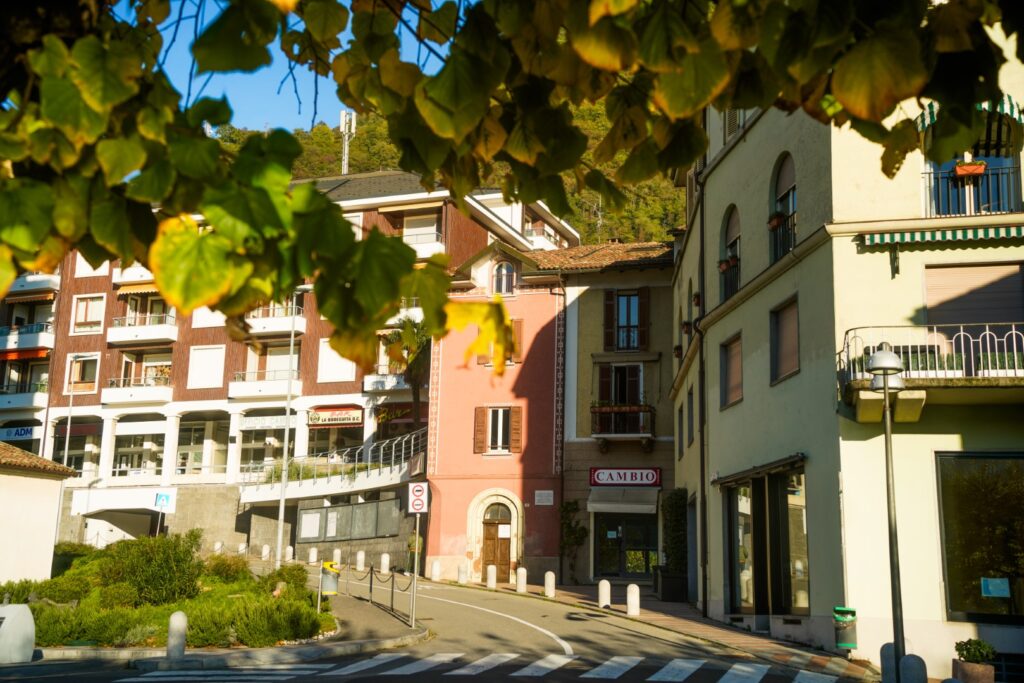

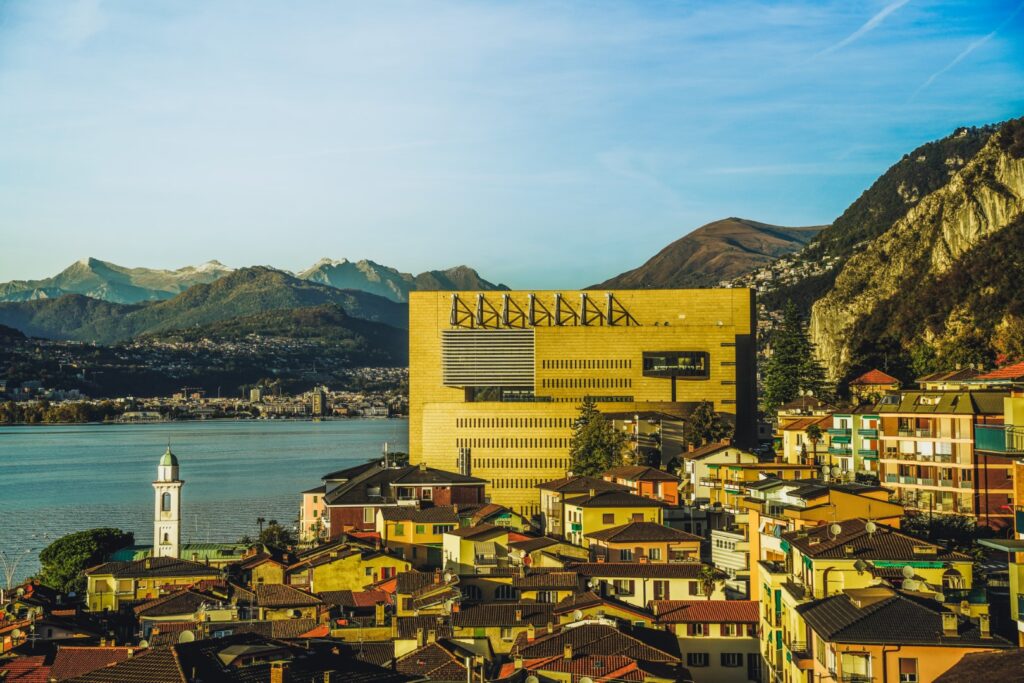
As sunset was approaching, we headed to our last destination of the day, the city of Lugano, which is the largest in Ticino and arguably the prettiest given its prime location on a hill above Lago di Lugano.
We went for a walk through town, starting up by the train station, high above the scenic city centre. We visited Lugano Cathedral, which was founded in the High Middle Ages and rebuilt in the late 15th-16th centuries. As we made our way down the steep staircases and narrow alleyways to the banks of the lake, we soaked in the last moments of sunlight before it bid farewell for the night. Near the lake, we found a cozy restaurant for a nice but incredibly expensive dinner (welcome to Switzerland!).
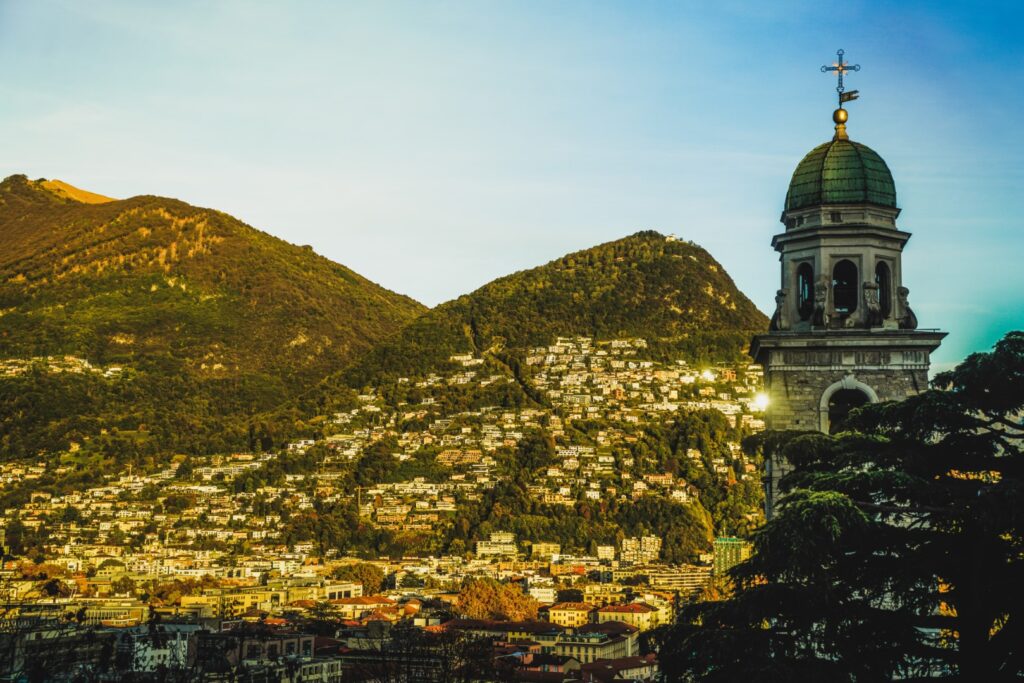
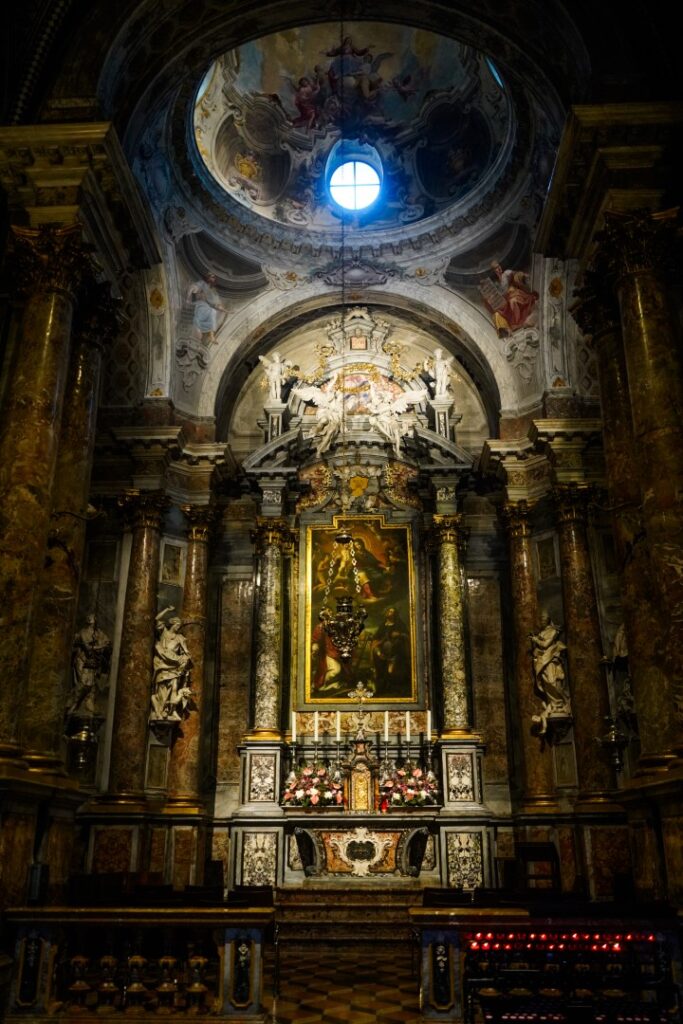
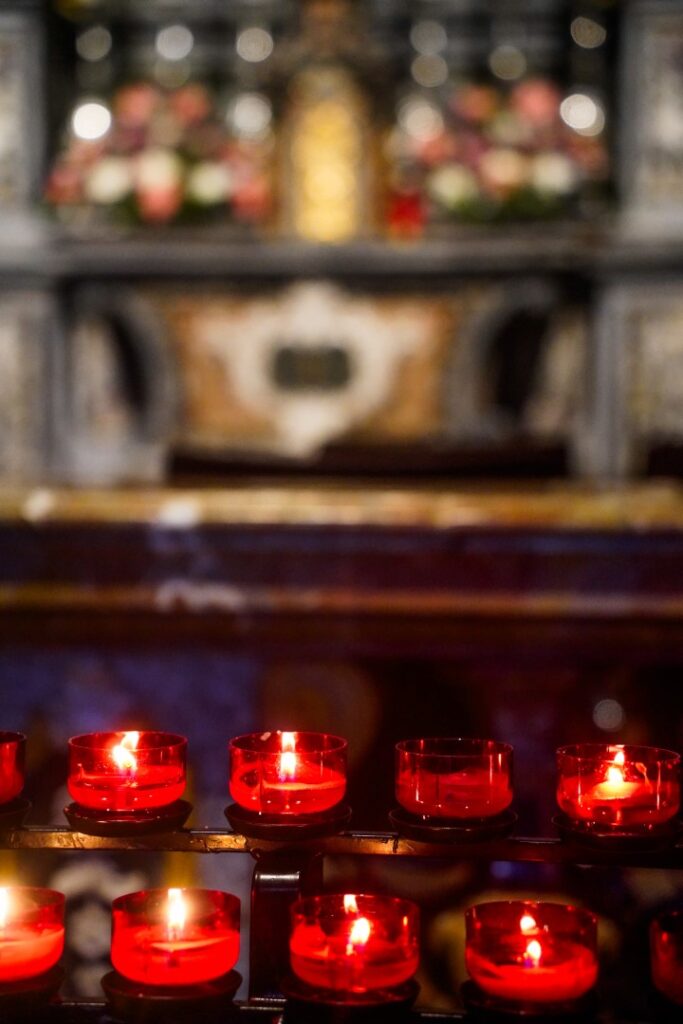
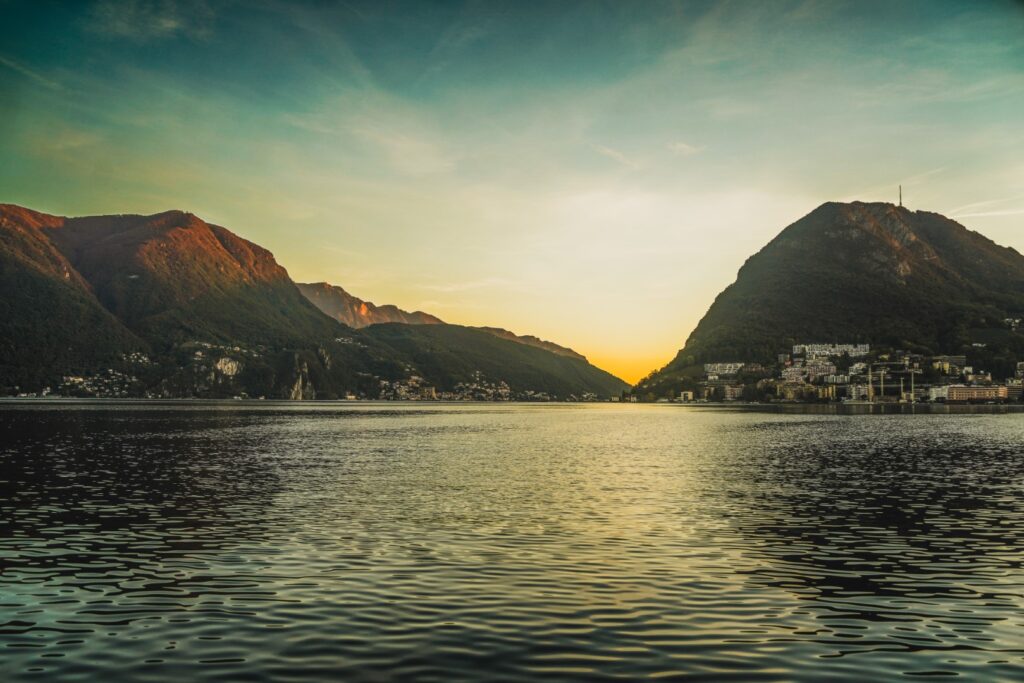
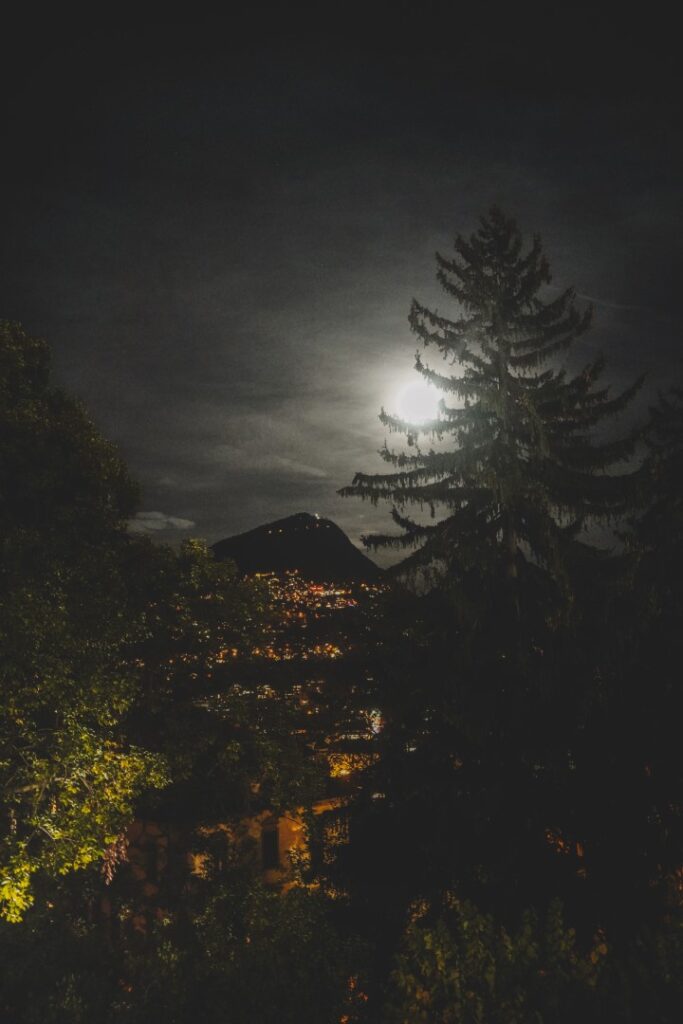
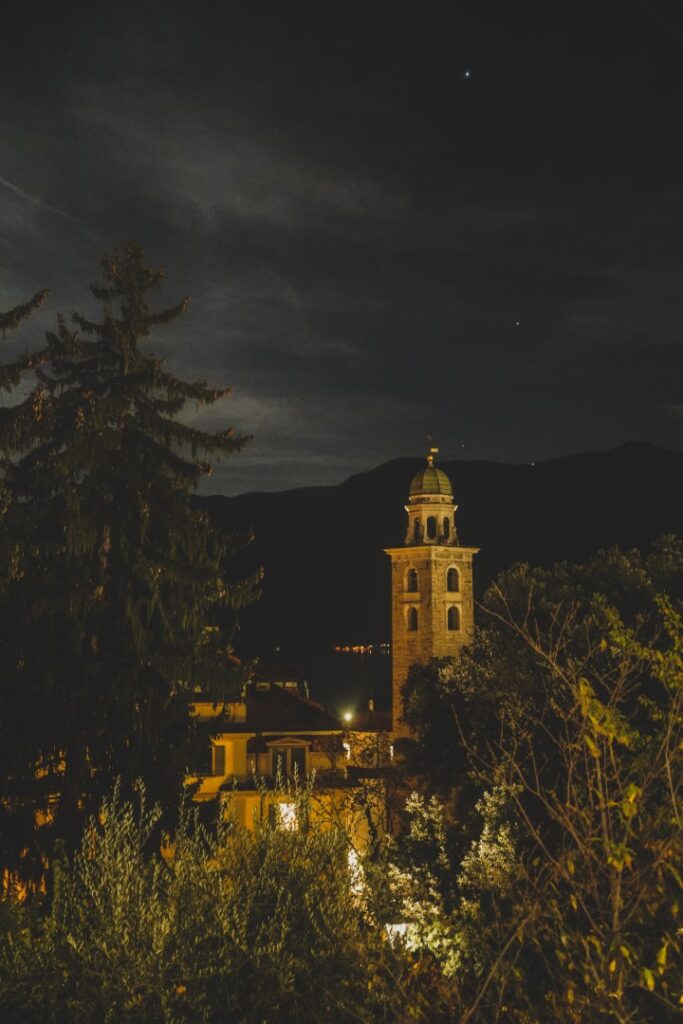
Our day in the Italian-speaking part of Switzerland had come to an end, and it was time to head back on the road for a two-hour drive back to our airbnb by Lake Lucerne. But our adventures in Switzerland had only just begun!
Leave a Comment
Pingback: An odd world: Uncovering the border complexities of the Alps – Northtrotter on 07/07/2024



1 COMMENT